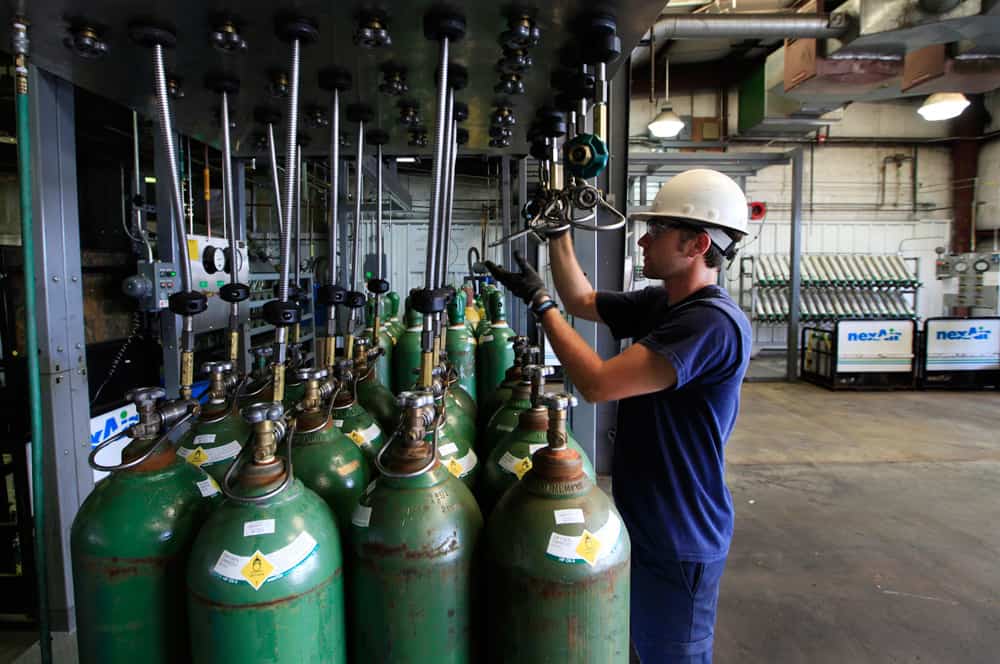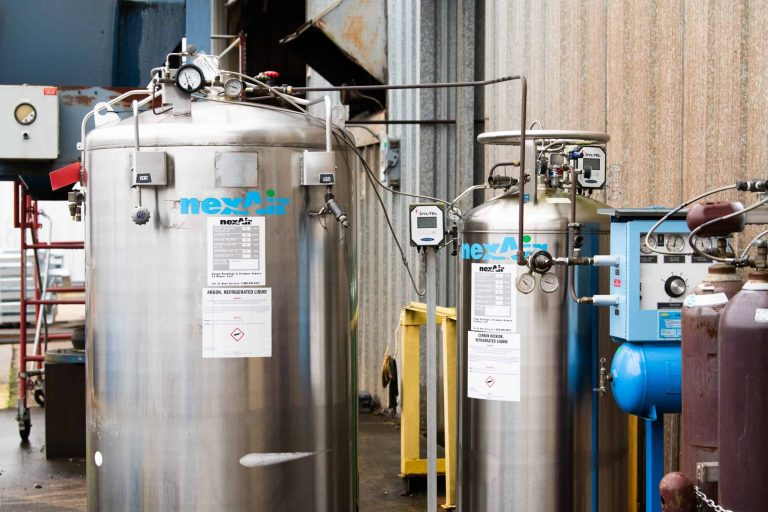The Growing Role of Gases in the Food and Beverage Industry
The food and beverage industry is continuously evolving with the adoption of gases, transforming production and preservation methods. Companies like nexAir are pioneering innovative ways to harness gases, ensuring enhanced quality and efficiency in product handling and processing. From the traditional use of carbonation in sodas to nitrogen-infused cocktails in upscale restaurants, gases have significantly expanded their roles.
Gas Technology Revolutionizing Production
Enhancing Food and Beverage Quality
Incorporating gases into production processes has remarkable benefits for food and beverage quality. For instance, nitrogen and carbon dioxide are essential in creating protective atmospheres that extend the shelf life of products, a concept covered in The Impact of Specialty Gases on Food and Beverage Quality. Specialty gases prevent oxidation and improve the freshness of products, ensuring consumers enjoy high-quality goods.
Application in Beverage Industry
Gases are instrumental in the beverage industry for creating unique experiences. As highlighted by Messer Group, inert gases like nitrogen and argon prevent oxidation and preserve the natural flavors of drinks. Craft breweries use nitrogen to produce distinct textures and dramatic pour effects, adding a visual flair that enhances customer experience.
Streamlined Processes and Quality Control
Compressed Gases in Manufacturing
The use of compressed gases simplifies and enhances manufacturing processes. By leveraging gases, beverage companies achieve consistent carbonation, and packaged foods are better preserved using nitrogen displacement techniques. As explained by Schooley Mitchell, the use of gases like liquid nitrogen ensures that health standards are met while operations run smoothly.
Preserving and Protecting Products
Proper gas management allows for effective preservation techniques. For example, tank blanketing with nitrogen helps prevent oxidation during wine aging, discussed in Food and Beverage Related Gases. This method maintains product quality by keeping oxygen at bay in storage tanks, crucial for maintaining flavor and extending product life.
Future Trends in Gas Applications
Sustainability and Innovation
With sustainability at the forefront, companies are exploring innovative ways to recycle and reuse gases. These efforts align with environmental goals and encourage energy-efficient practices. The integration of technologies that reduce refrigeration needs while maintaining quality suggests a promising future for gas applications in the food and beverage industry, as seen in The Growing Role of Gases in the Food and Beverage Industry.
Expanding Reach and Capabilities
As gas technologies become more affordable, small and medium enterprises can also utilize sophisticated gas applications, leveling the playing field with larger manufacturers. This trend, highlighted in How Atmospheric Gases Are Used in the Food and Beverage Industry, shows the growing accessibility and value of gas solutions in enhancing production efficiency.
Frequently Asked Questions
What are the benefits of using specialty gases in the food industry?
Specialty gases improve food preservation, extend shelf life, and protect against oxidation. They enhance the quality and safety of food products.
How do compressed gases improve the beverage industry?
Compressed gases like nitrogen and carbon dioxide ensure consistency in carbonation and flavor preservation, enhancing the overall beverage quality.
Can smaller companies benefit from advanced gas applications?
Yes, decreasing costs and innovations make it possible for smaller businesses to implement advanced gas technologies, improving product quality and efficiency.


